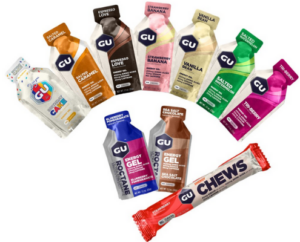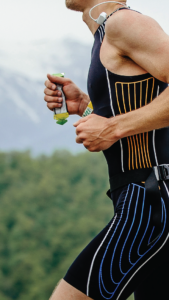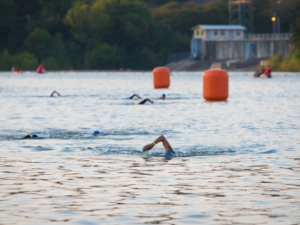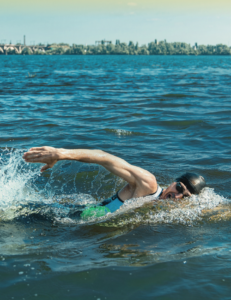Grow as a swimmer when you transition from the pool to open water
The thought of swimming in open water can cause anxiety and feel overwhelming if you’re used to the clear waters of a pool. But don’t worry! It’s not as daunting as it seems. Transitioning from the pool to open water can be done easily by following some helpful tips. For example, if you want to become comfortable or more comfortable with open-water swimming, then you should swim in open water more often. Good news, all of our tips but one can be done in the pool! Start today and before you know it you’ll become more comfortable with taking your swim from the pool to open water. Pro tip: build your endurance in the open water with this Zone3 swim gear.
6 ways to become more comfortable
1) Keep your eyes closed
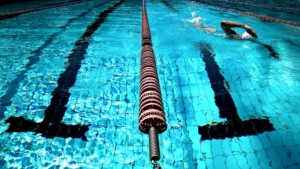
Close your eyes for a few strokes so you don’t focus on the line.
While swimming in the pool, keep your eyes closed for several strokes while your head faces down in the water. Increase the number of strokes as you become more comfortable. This will help you get a feel for swimming straight without needing to use the black line at the bottom of the pool as a reference.
2) Challenge yourself
This doesn’t have to be overwhelming, but there are a couple of different ways you can challenge yourself in the pool. First, try swimming in a pool that’s longer in length than what you currently train in. This will help build your stamina and get you used to swimming longer distances without stopping.
If you can’t access a longer pool, try moving your workout to earlier in the morning before the sunrises. This is beneficial if the pool isn’t lit and is similar to swimming with your eyes closed. Swimming when it’s darker outside can make it tougher to see. This provides an environment similar to what you’ll experience in open water.
3) Practice sighting
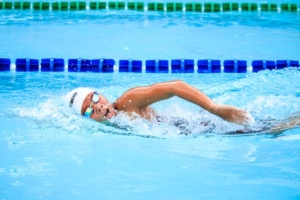
Get comfortable with sighting when you practice in the pool.
Sighting means you focus on something far away while swimming in open water. Focusing on that helps keep you from veering off course and swimming more than you have to. To practice sighting, you need to synchronize looking ahead with your stroke and breathing. Look at a target at the end of the lane, swim for two strokes, look at your target, repeat. This will help you become more comfortable with sighting in open water and keep you on course. Don’t swim extra if you don’t have to!
4) Learn to be efficient
In order to be an efficient swimmer, you need to reduce your stroke count for each lap. Sighting will help you become more efficient too. It takes fewer strokes and less energy if you swim in a straight line versus zig-zagging in the water. Taking in the right amount of oxygen when you breathe can help you become more efficient too. Keep your form the same as often as you can so you don’t over-extend yourself and feel like you have to play catch up.
5) Wear your wetsuit
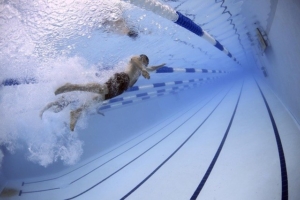
Focus on your form and breathing in the pool to become more efficient.
If you plan to wear a wetsuit during your event, you need to become familiar with it before race day. If you do this in the pool, know that chlorine can be harmful to your wetsuit. Wearing it before your race allows you to gauge the buoyancy of the wetsuit and its impact on your form and stroke. Learn about the pros and cons of wearing a wetsuit before you purchase one.
6) Swim in open water
This would be a great time to get familiar with your wetsuit! Find a lake or other body of water to practice swimming in open water. Doing this before race day will help you prepare for what you’ll experience. This is where all the work you’ve done in the pool gets used. You won’t have a black line to guide you, so sighting will be imperative so you can swim efficiently.
This advice will be beneficial in helping you transition from the pool to open water. As you practice in the pool, find what works for you and stick with it. Repetition in the pool is what will help you when you transition from the pool to open water. Ask other triathletes for their tips and advice, like advice on the best multisport watches. Who knows, the insight they provide might be useful for you.

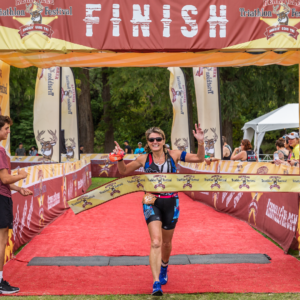 The popular destination triathlon, known for its scenic views and fun atmosphere, is expecting record numbers that could see the event sell out. Participants are encouraged to register before the
The popular destination triathlon, known for its scenic views and fun atmosphere, is expecting record numbers that could see the event sell out. Participants are encouraged to register before the 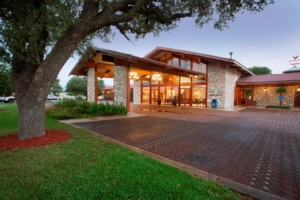
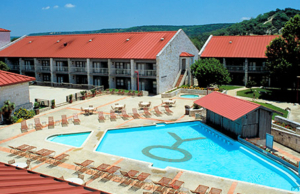
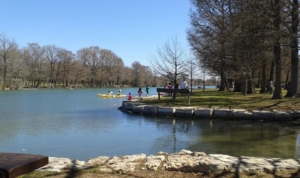

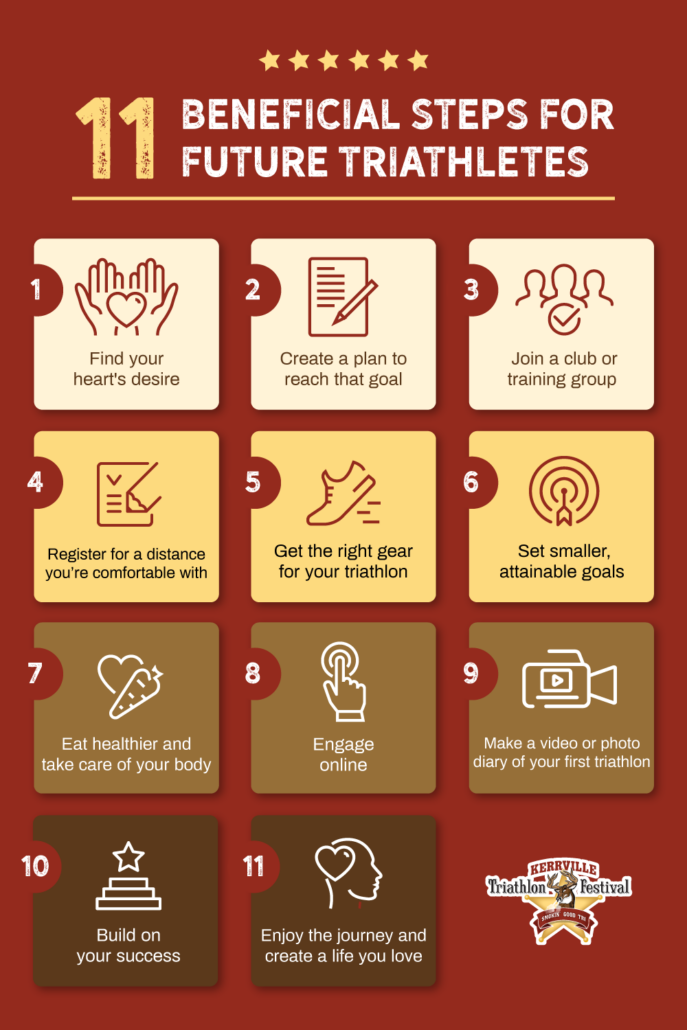
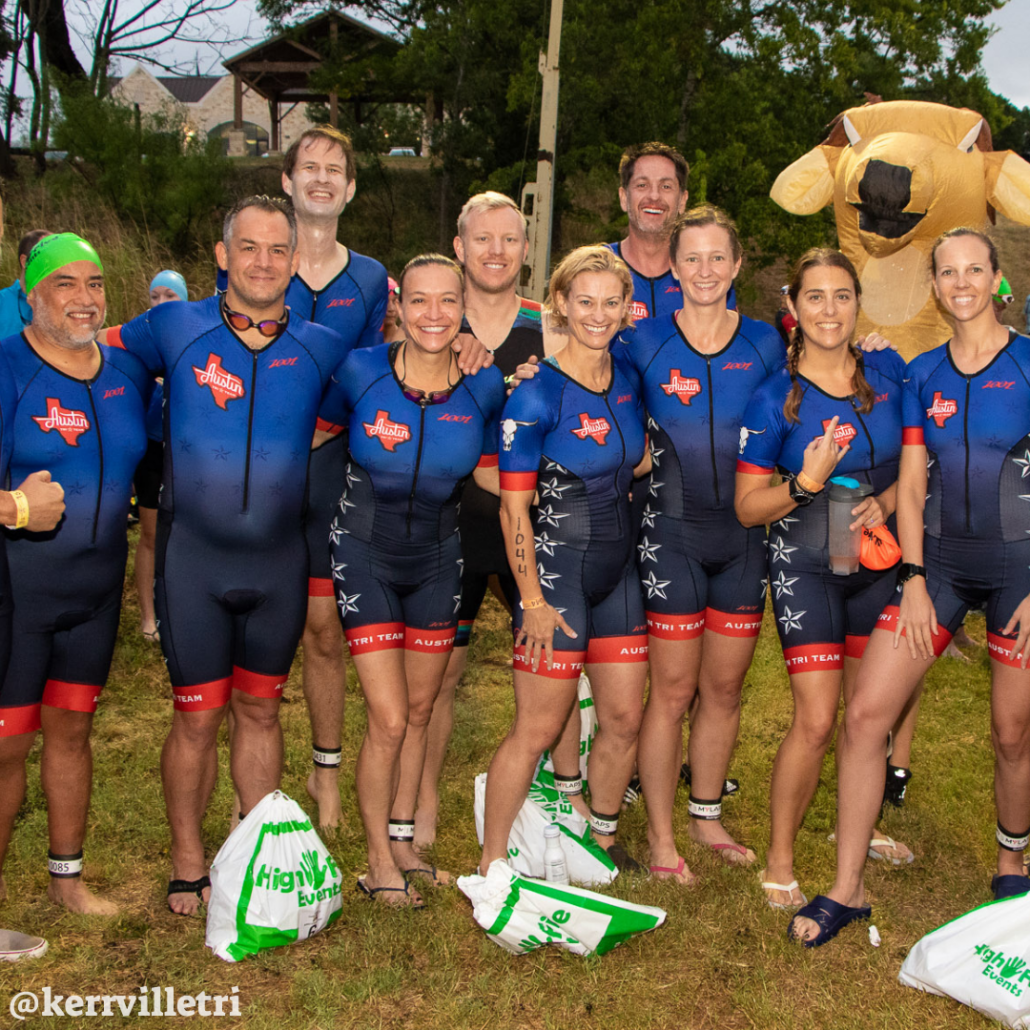
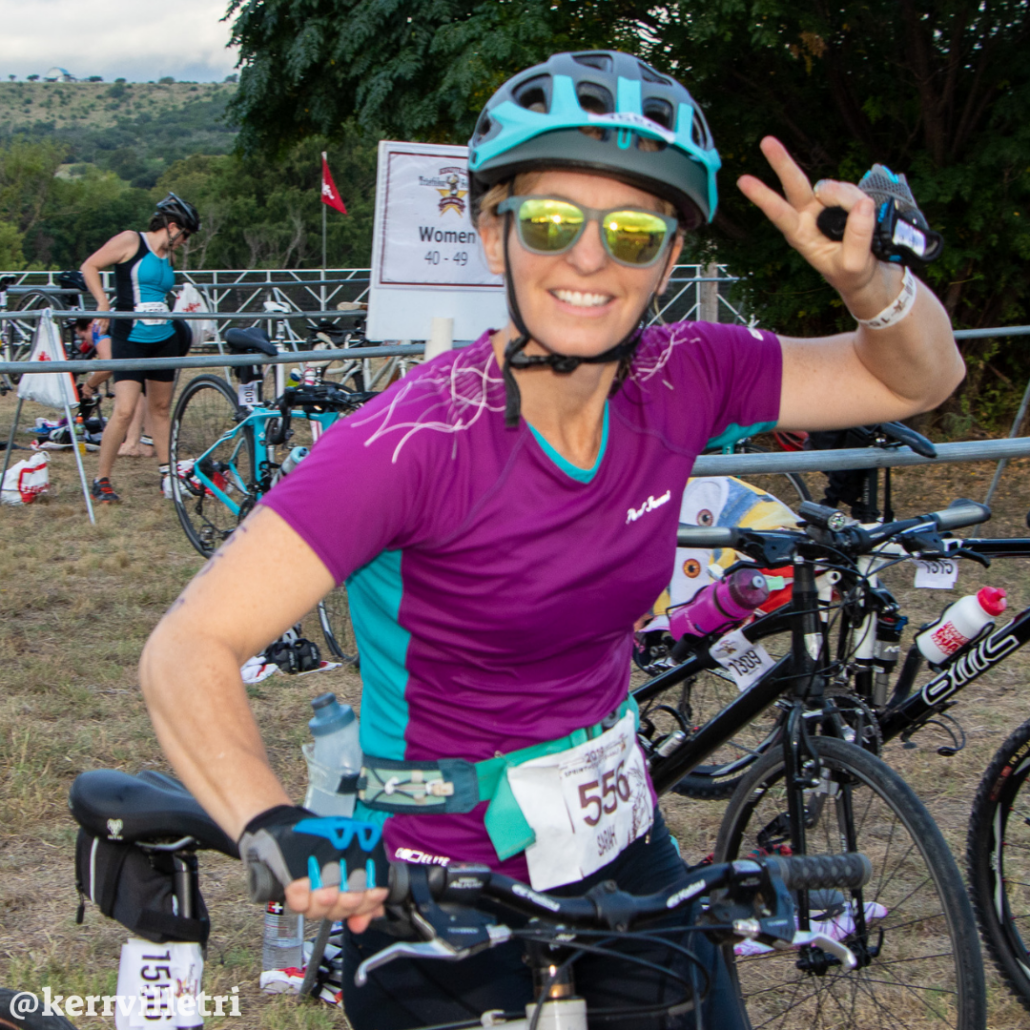
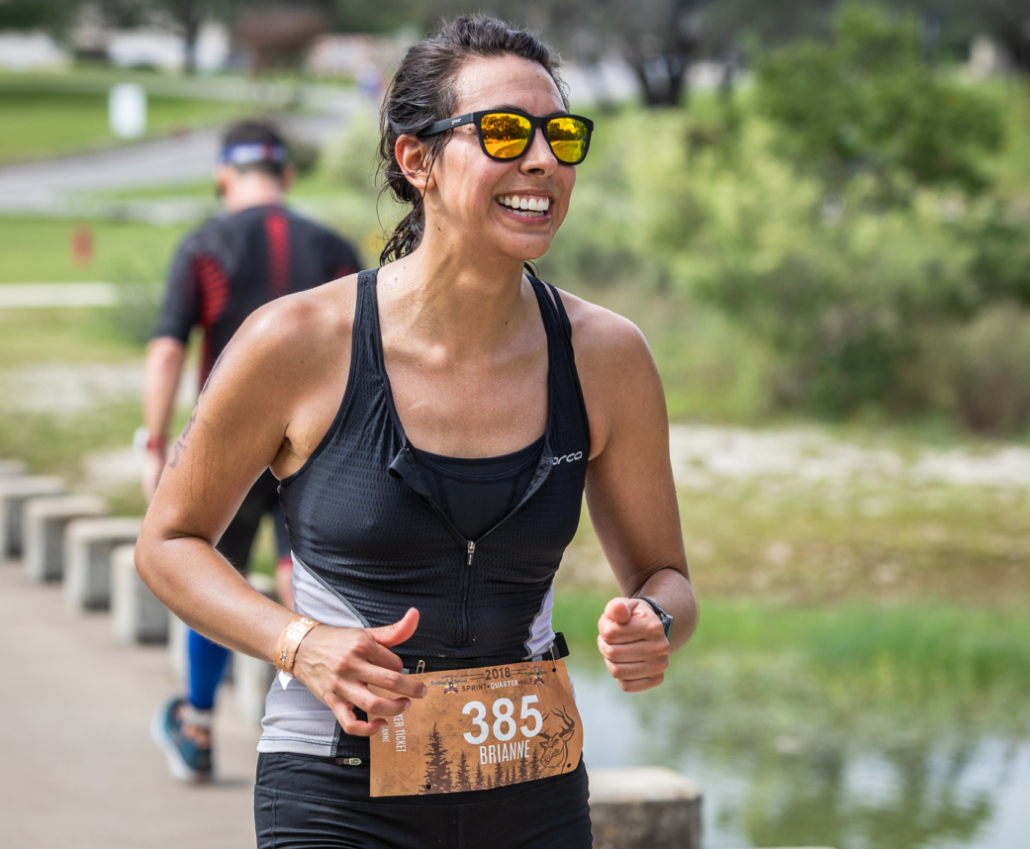
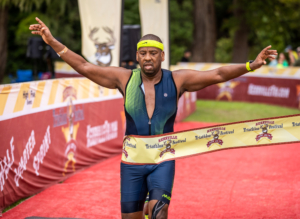
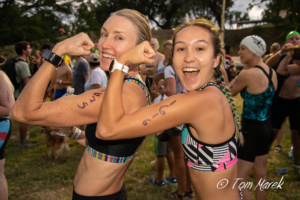
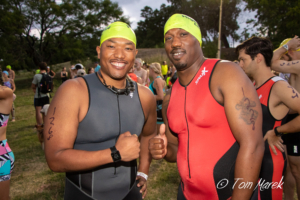
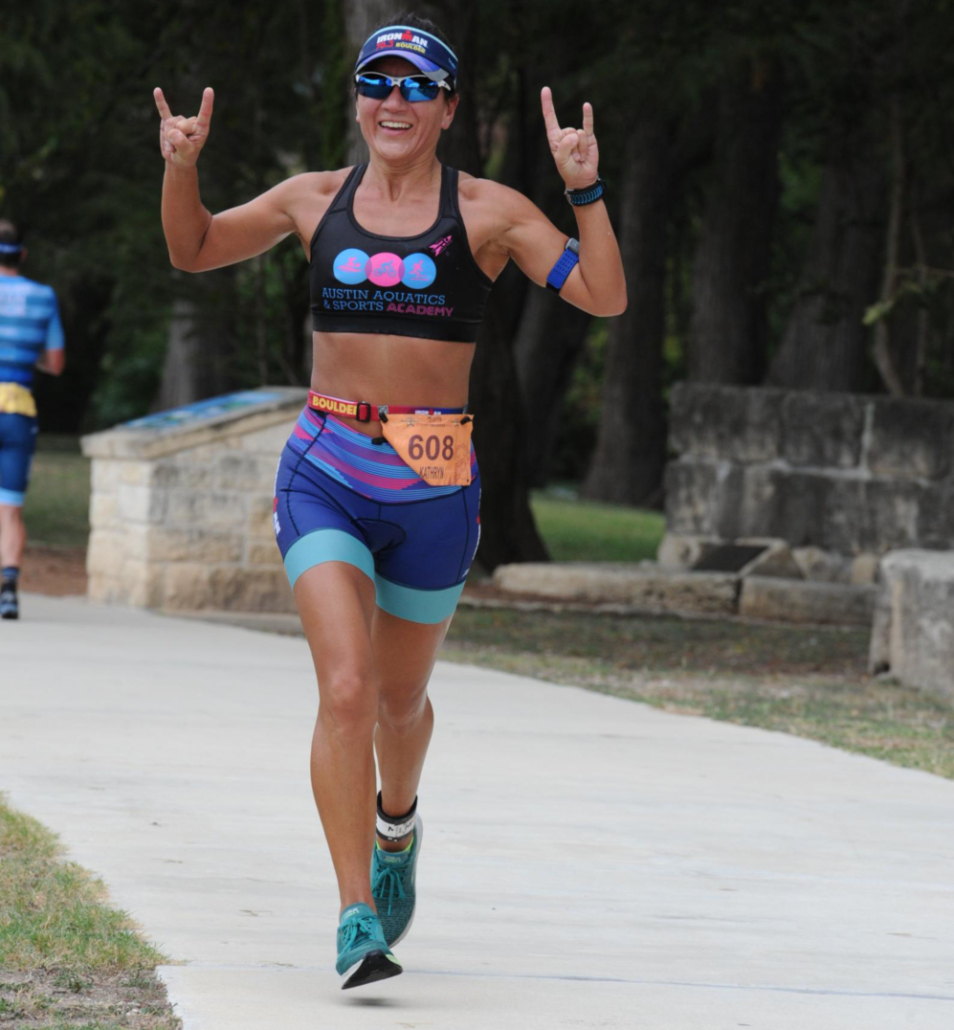
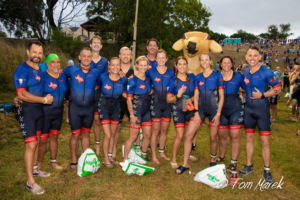

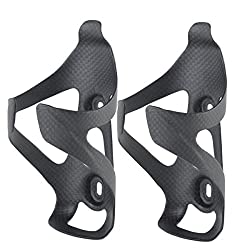
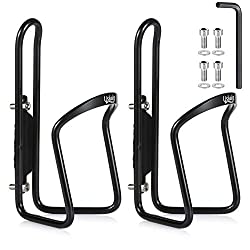
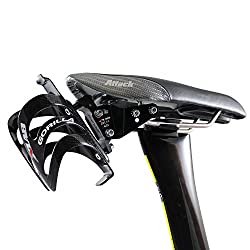
 Exerting your body through exercise causes dehydration which makes you thirsty. Despite your desire to rapidly quench your thirst it’s important to not drink too much. It can be counterproductive and negatively affect your performance. It is best to avoid drinking mouthfuls and only take a few sips occasionally. You can hydrate yourself effectively without running the risk of drinking too much.
Exerting your body through exercise causes dehydration which makes you thirsty. Despite your desire to rapidly quench your thirst it’s important to not drink too much. It can be counterproductive and negatively affect your performance. It is best to avoid drinking mouthfuls and only take a few sips occasionally. You can hydrate yourself effectively without running the risk of drinking too much.